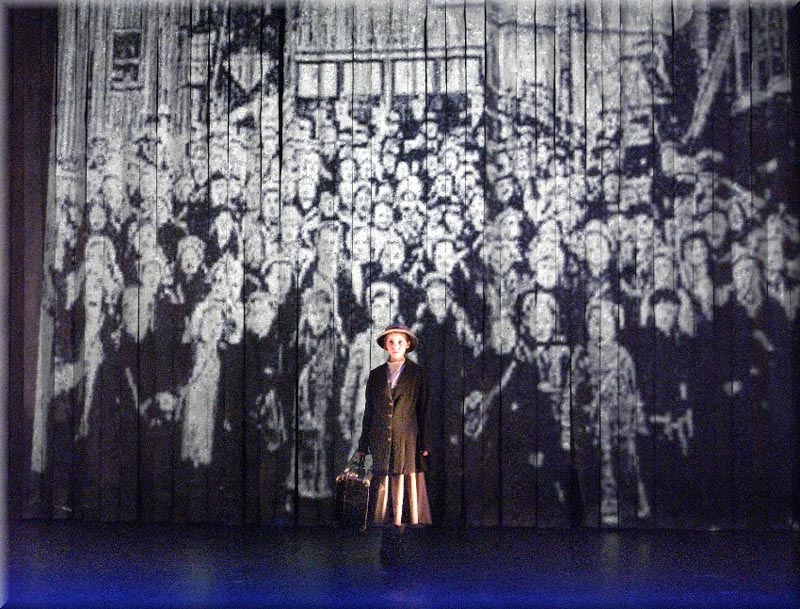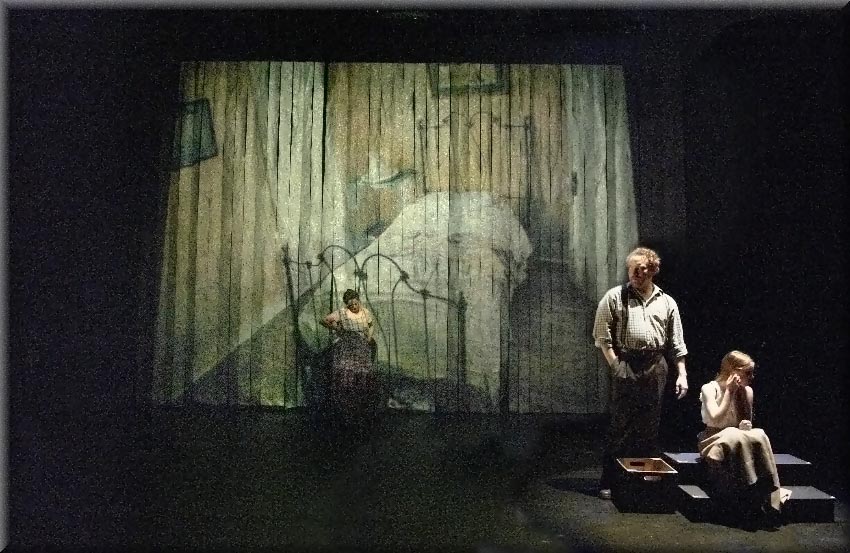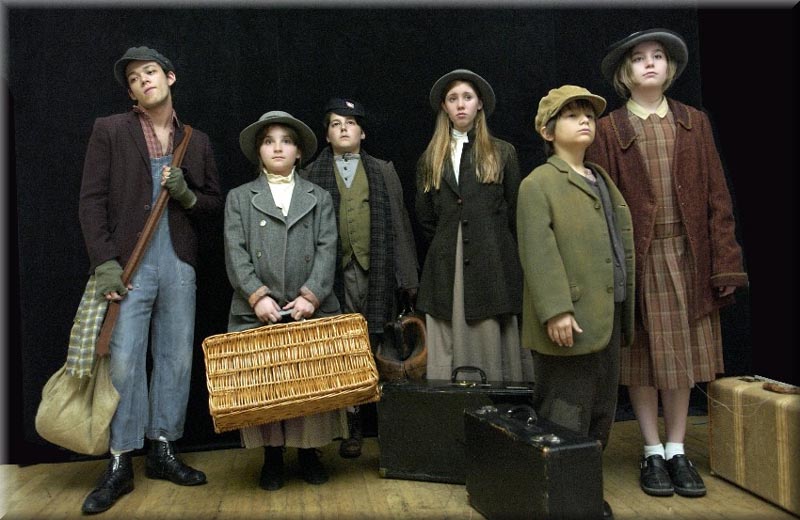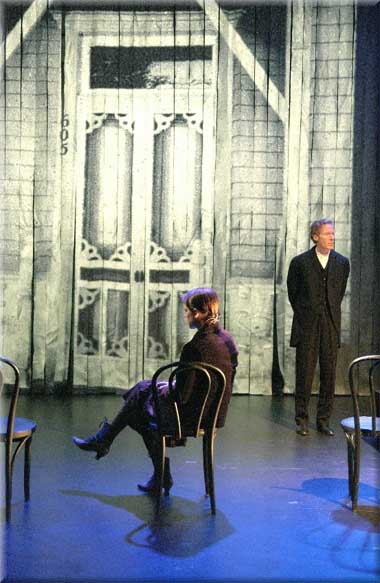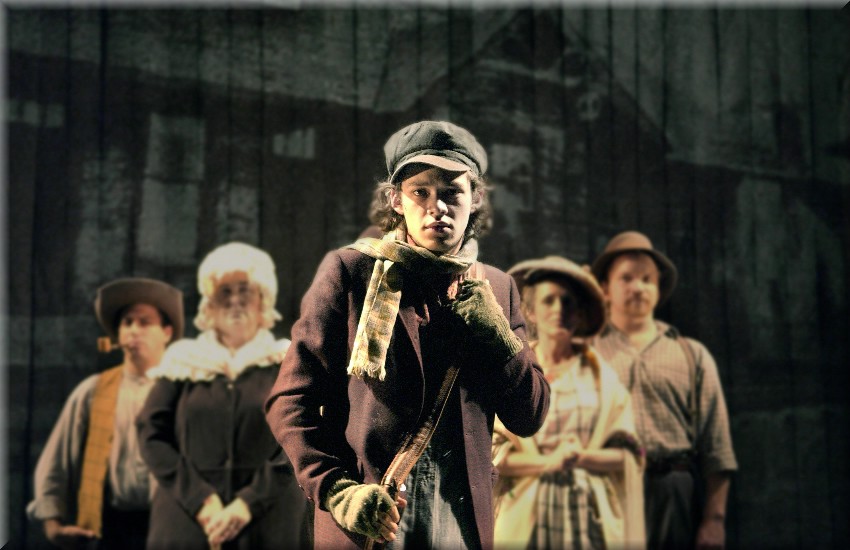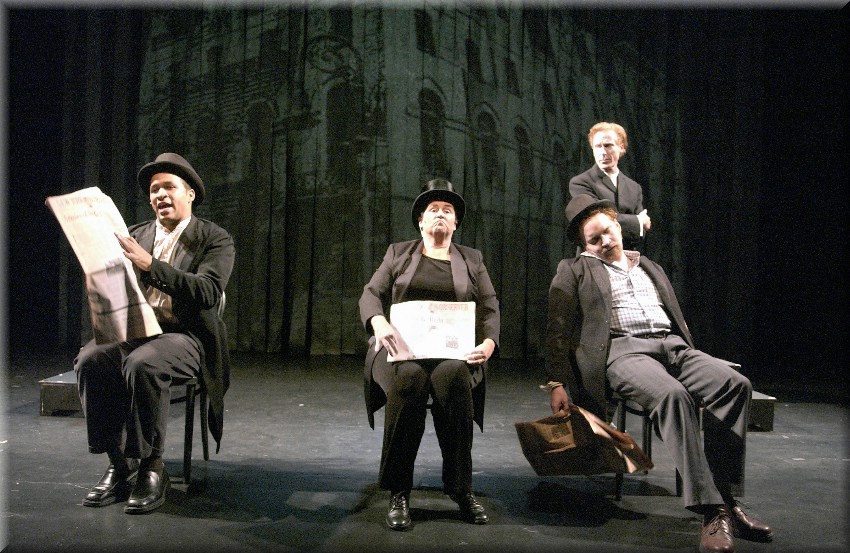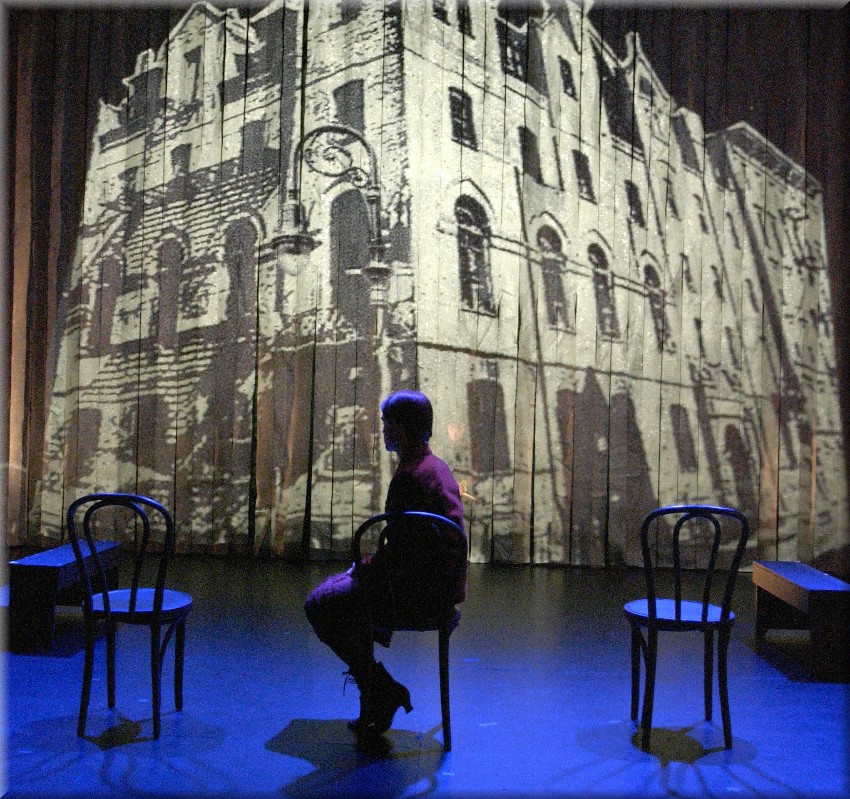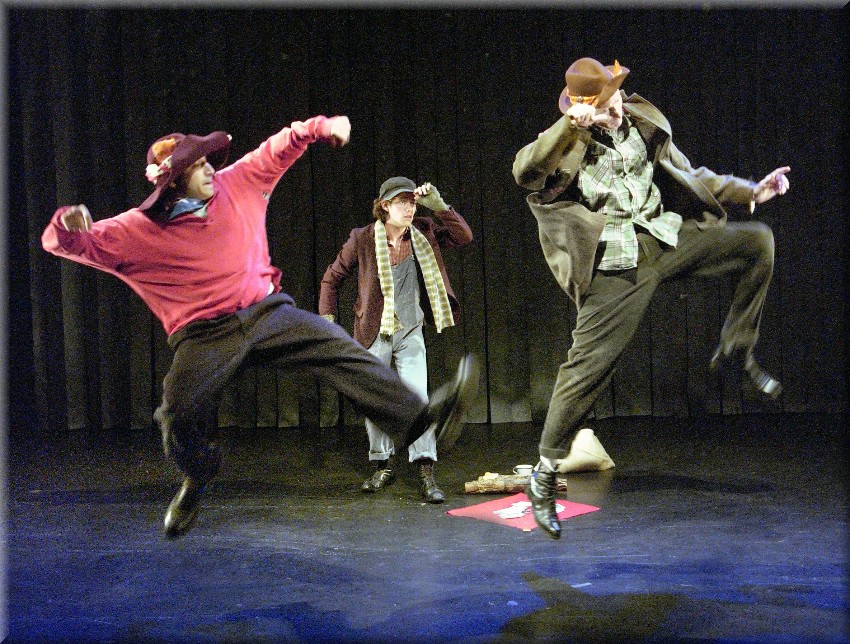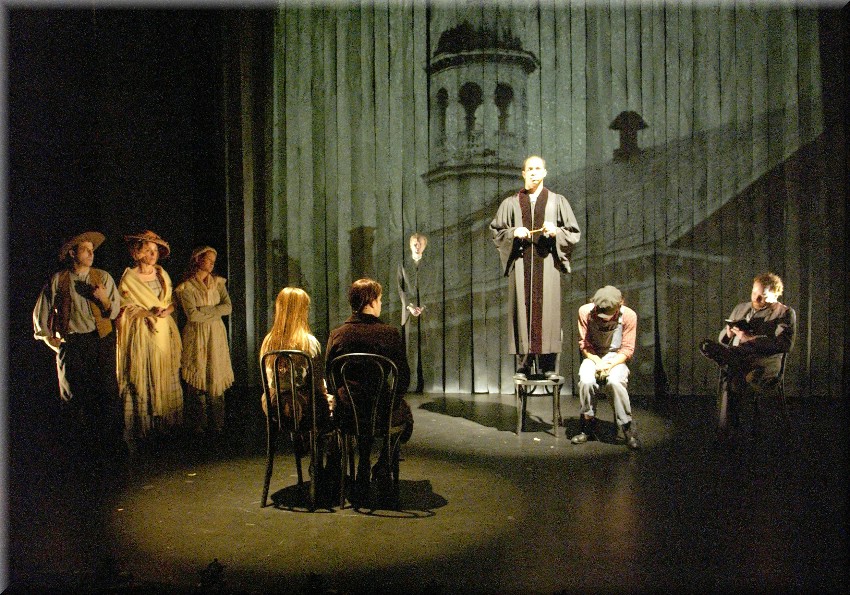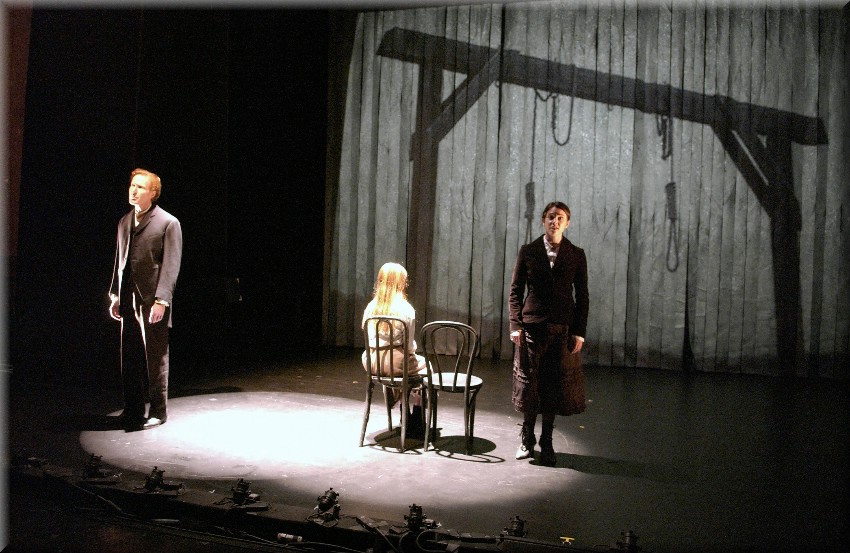|
|
Orphan Train - A New
musical written by Doug Katsaros (composer), Michael Barry Greer (Lyrics), and
L.E.McCullogh (Book) with direction by Pat Birch. Scenery and Projections
by R. Finkelstein. To date there have been 4 iterations in the development of this project. As I have been along for the ride on all of them, this page provides a visual record of the process from its inception.
4th Edition - Grand Central Terminal, Oct. 2013 -
Scenic and Projection Design: Richard Finkelstein, Lighting Design: Barbara Samuels, Costume Designers: Dona Granata and Rachel Guilfoyle. Producers included: Jonathan Cerullo and Pat Birch. Production Manager: T.J. Pallas |
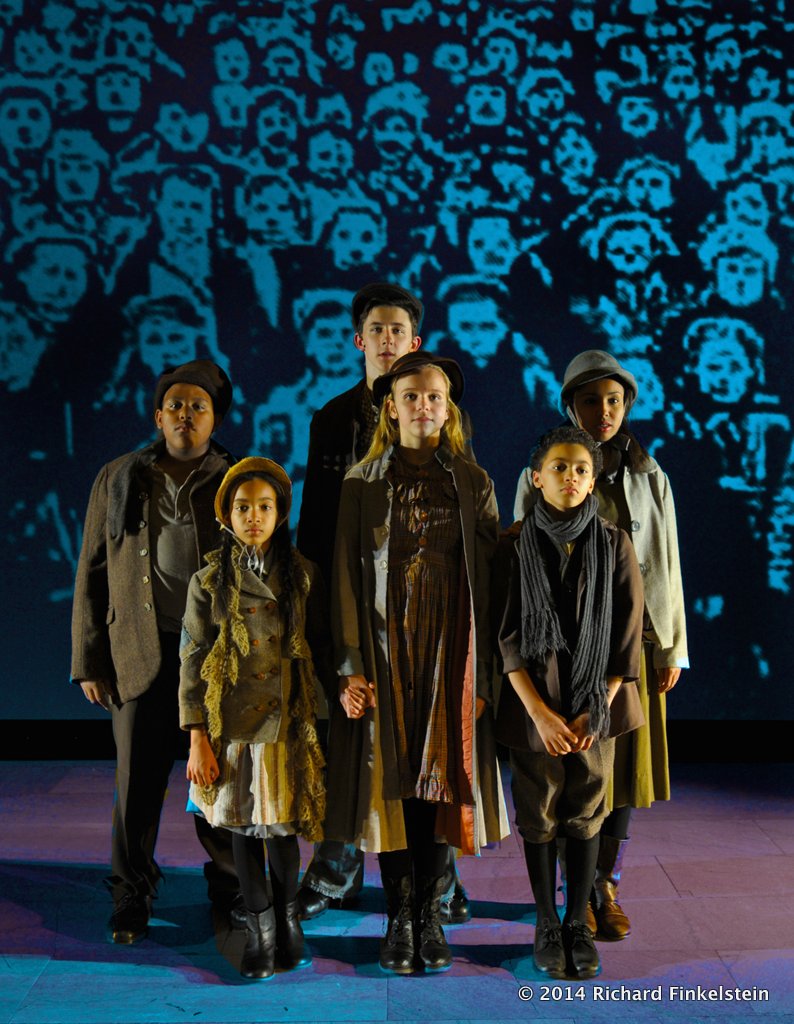 |
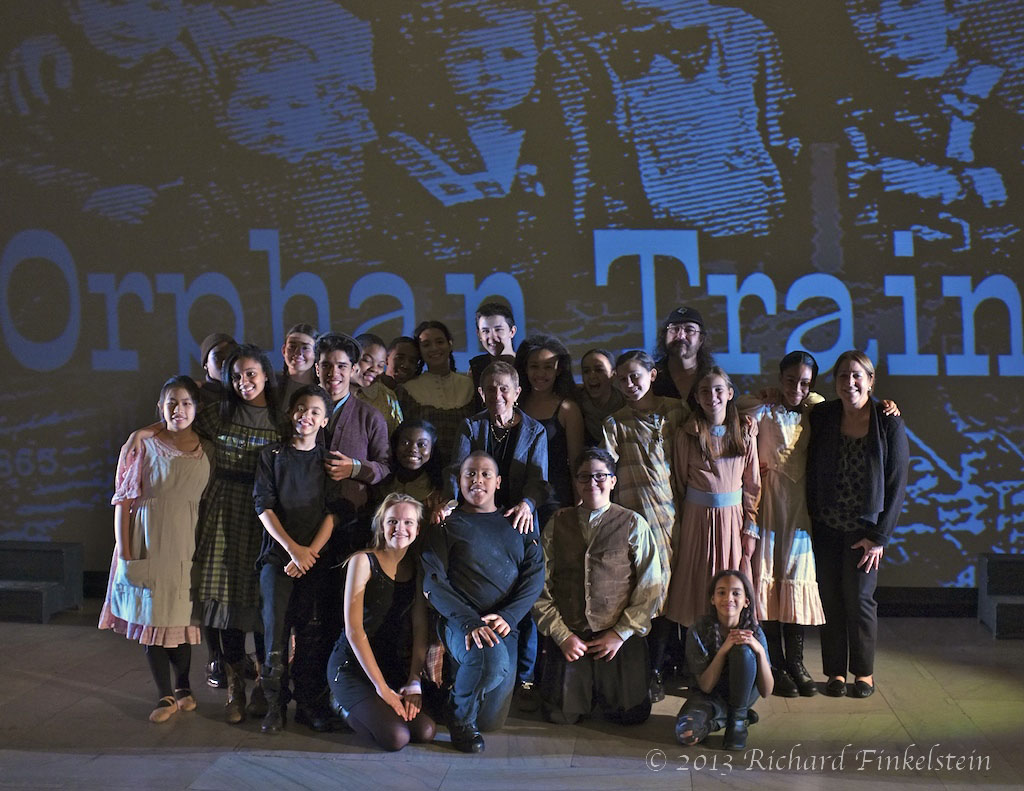 |
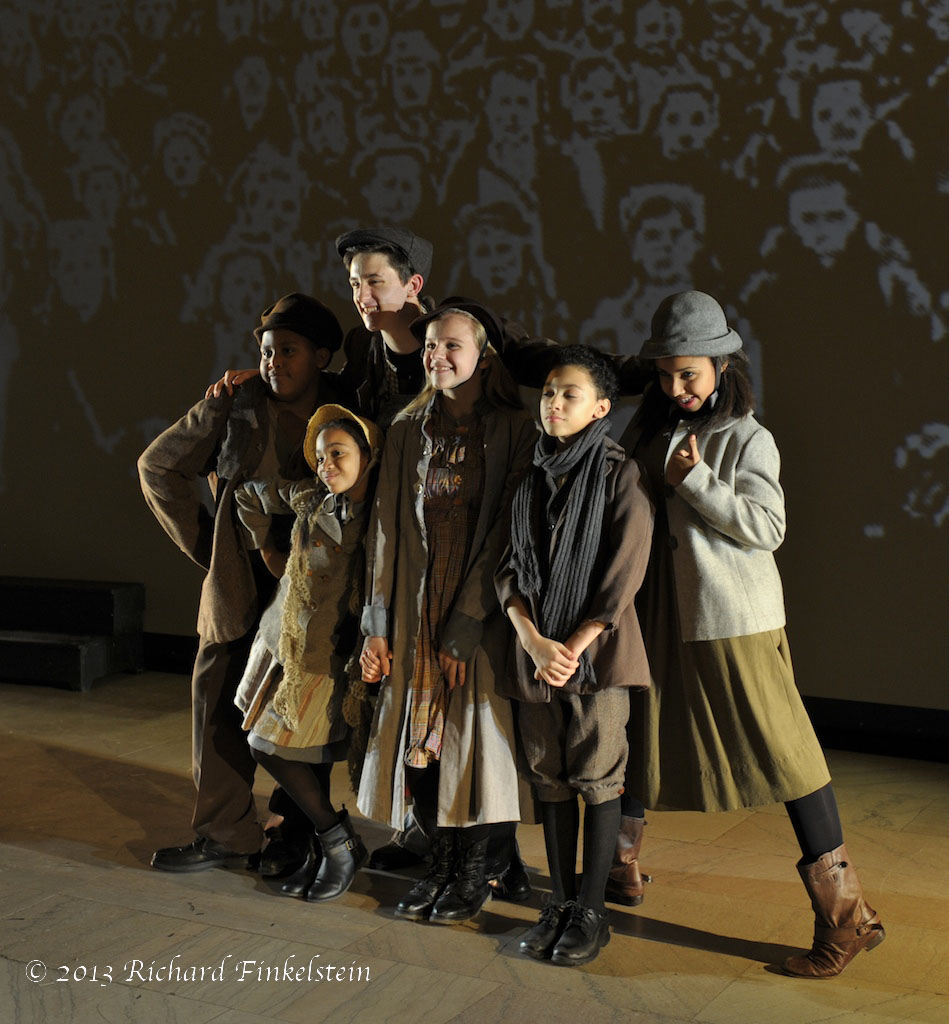 |
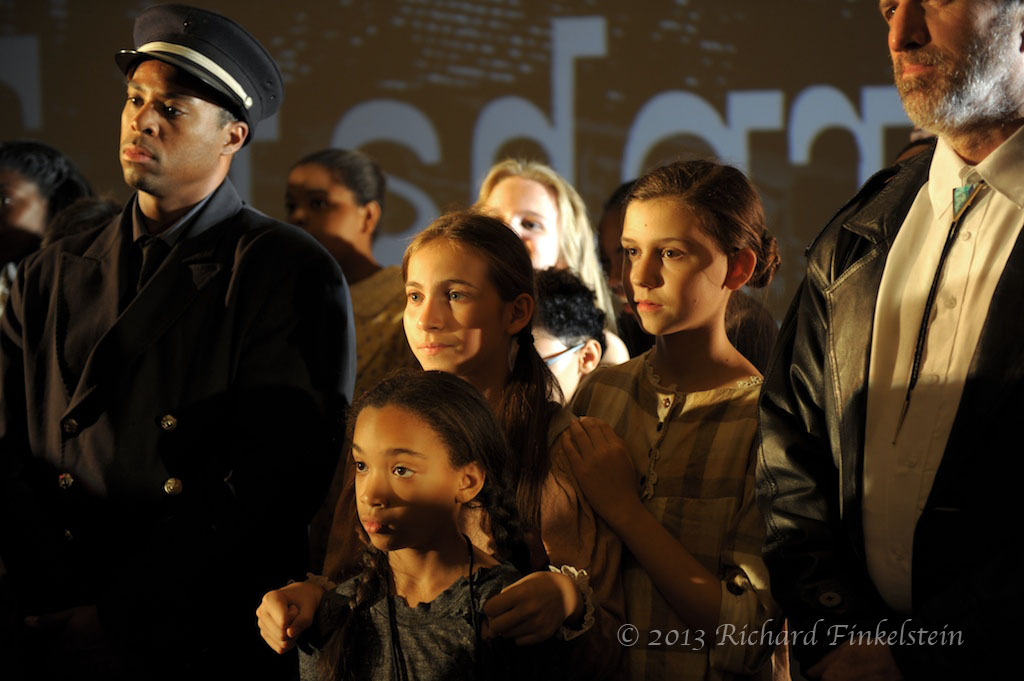 |
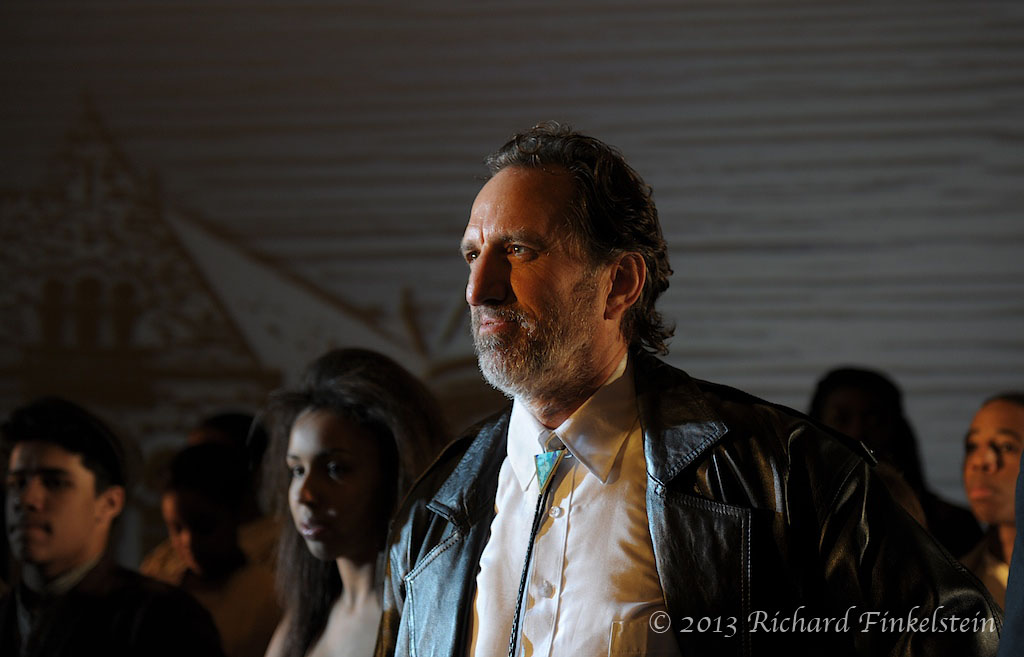 |
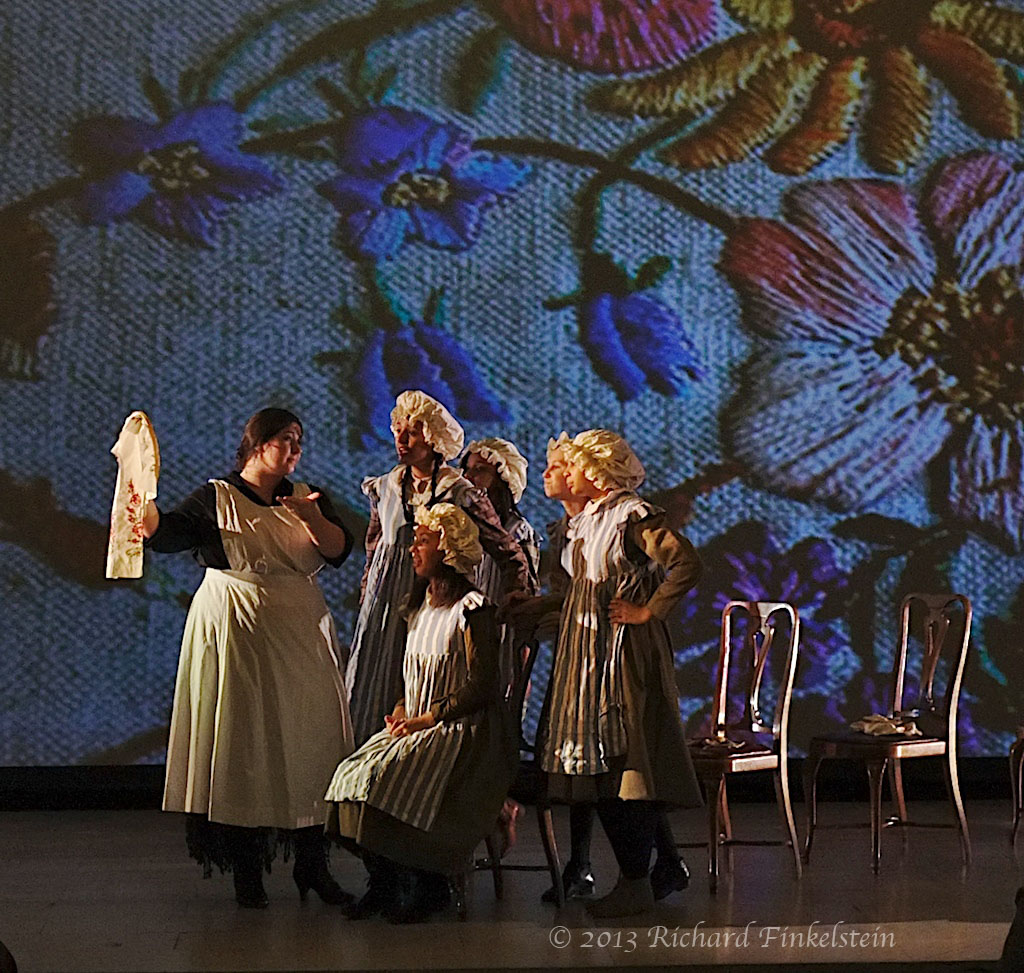 |
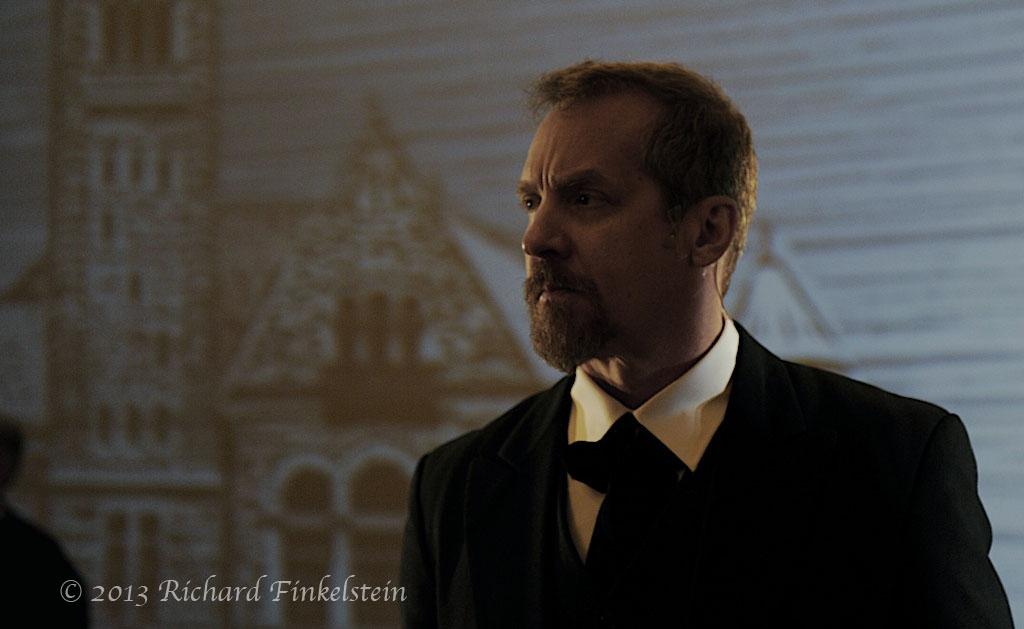 |
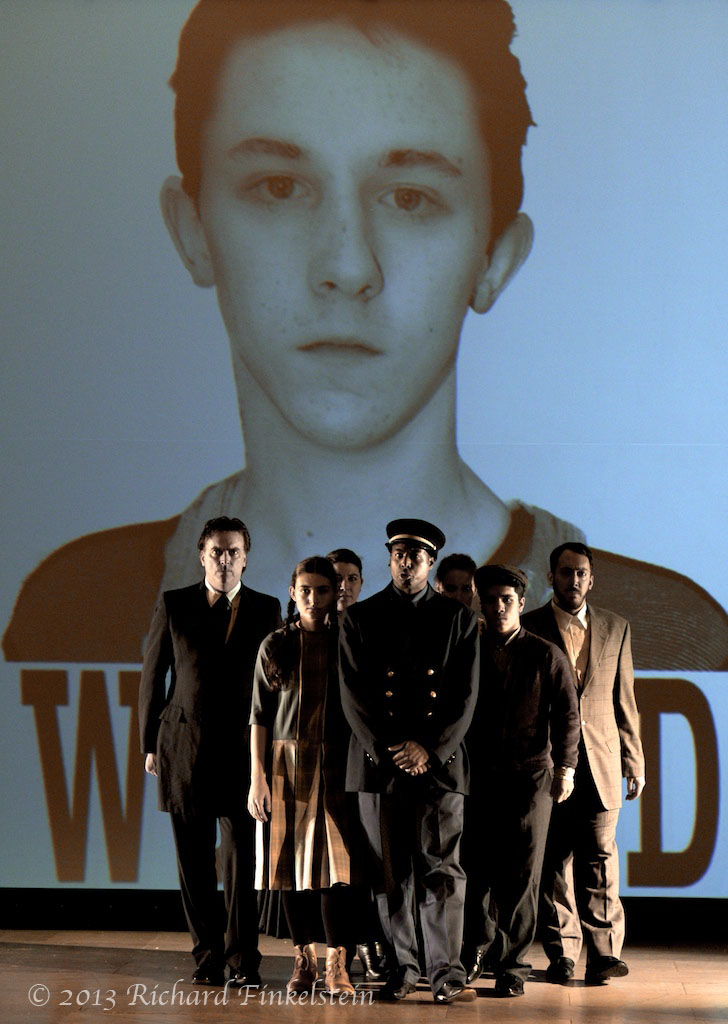 |
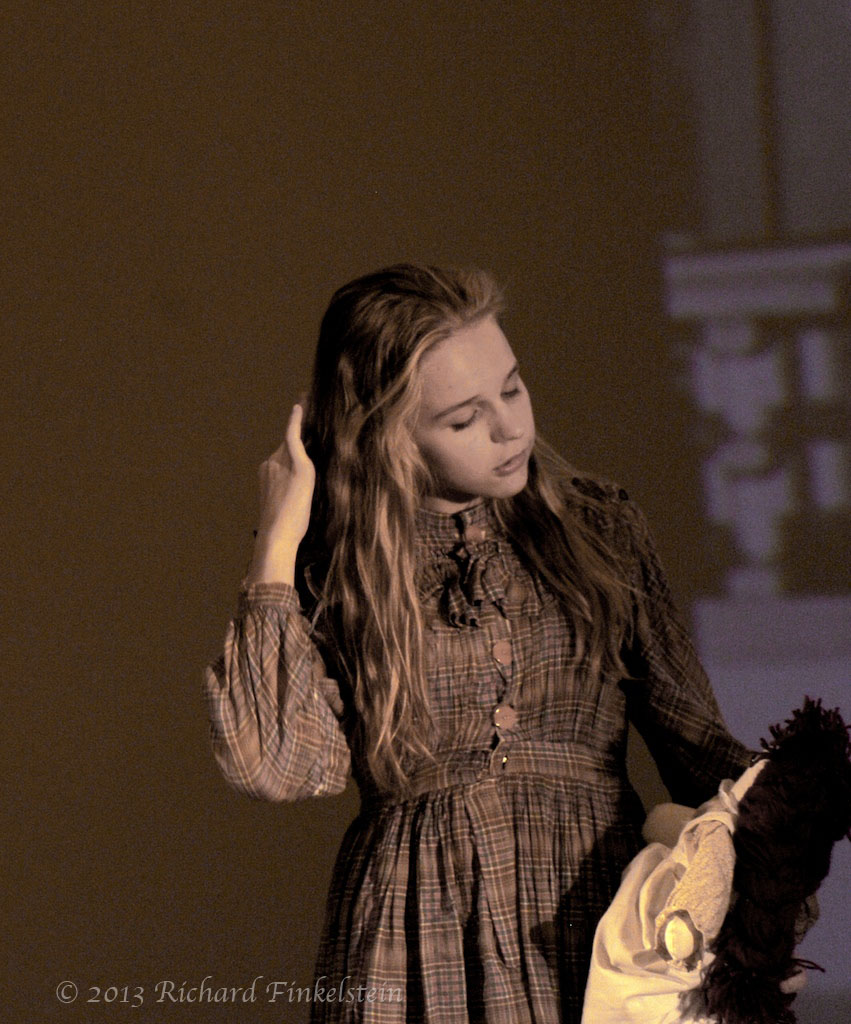 |
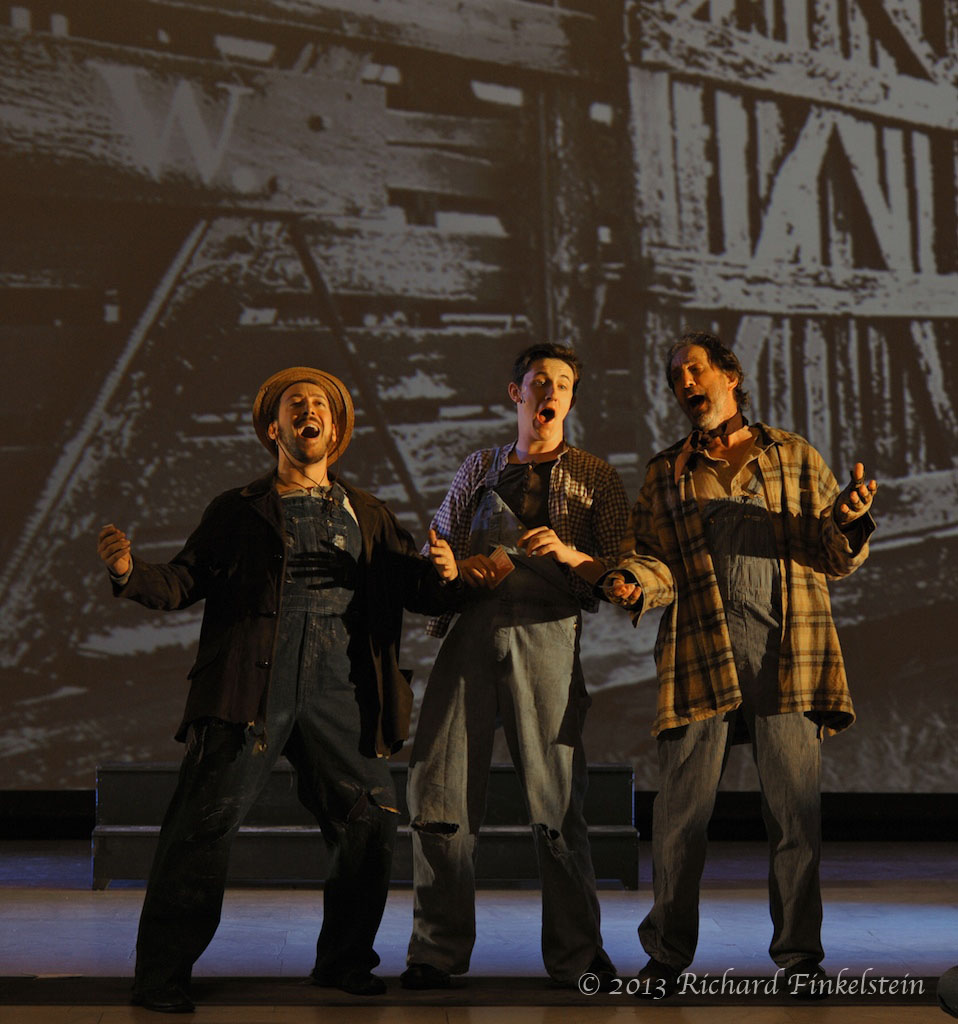 |
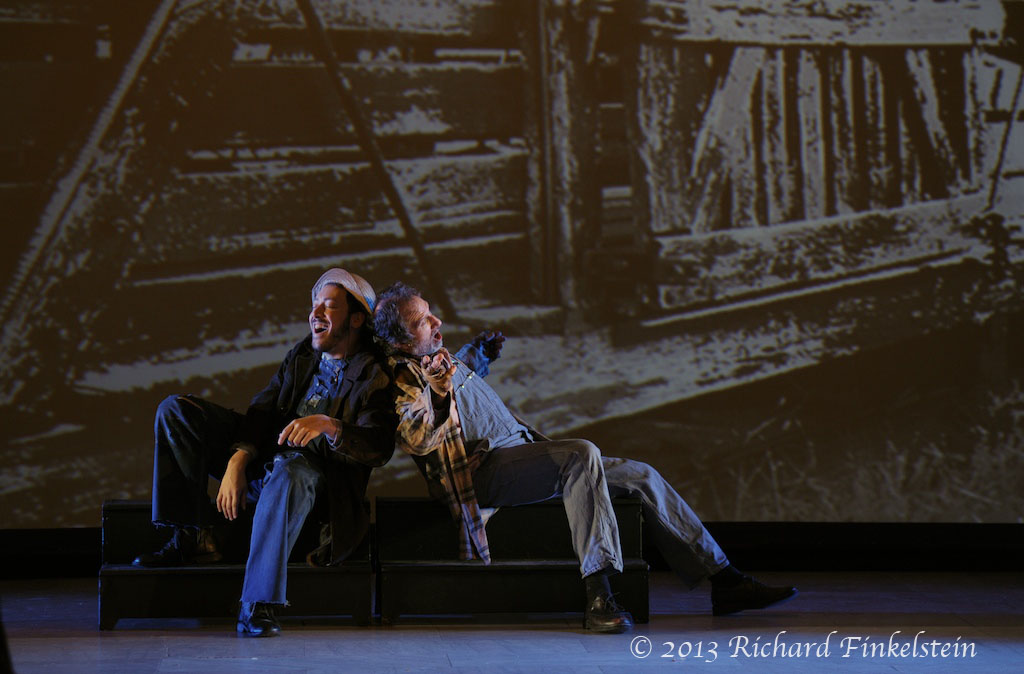 |
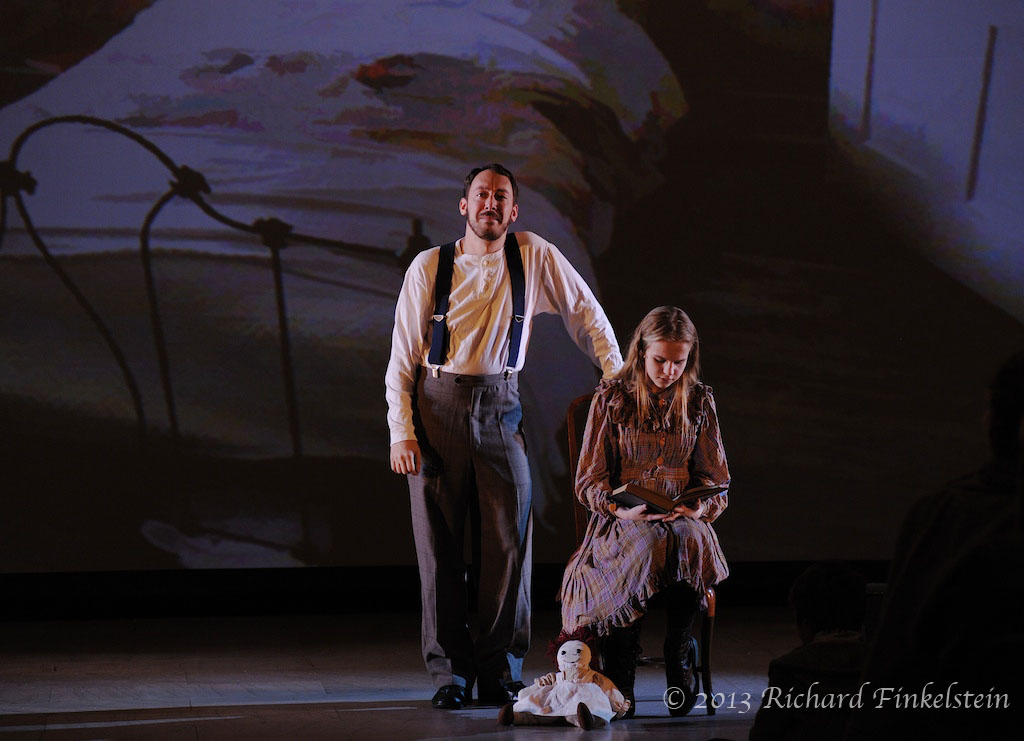 |
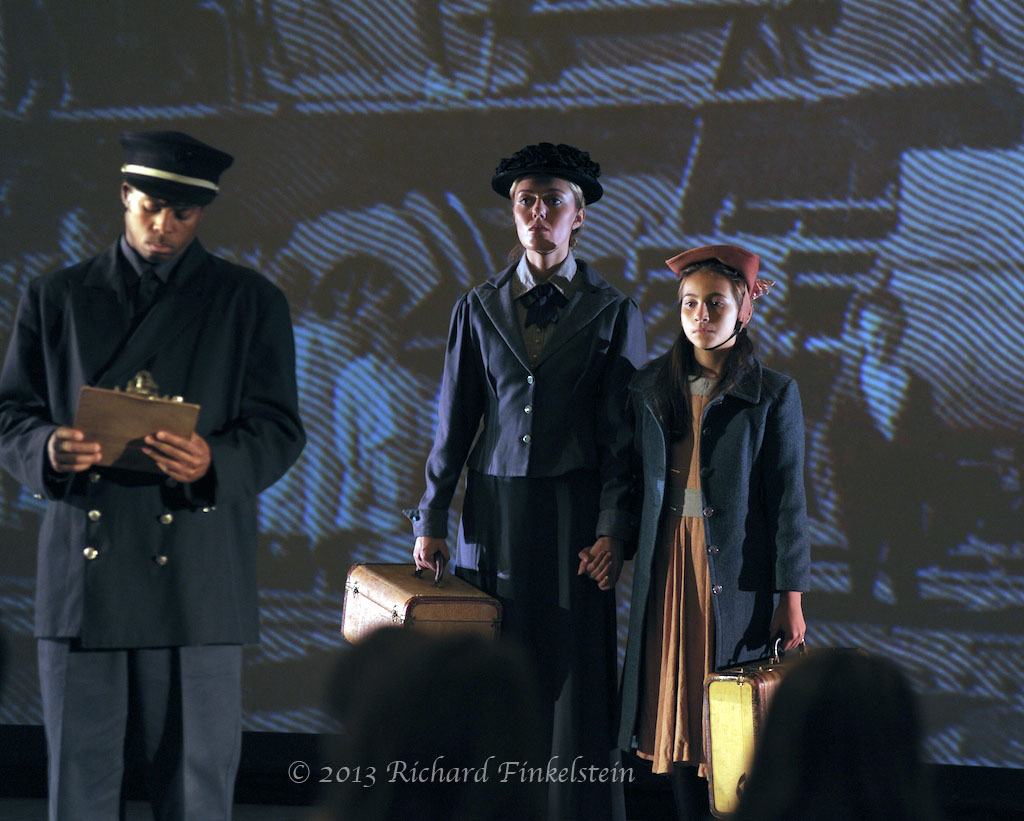 |
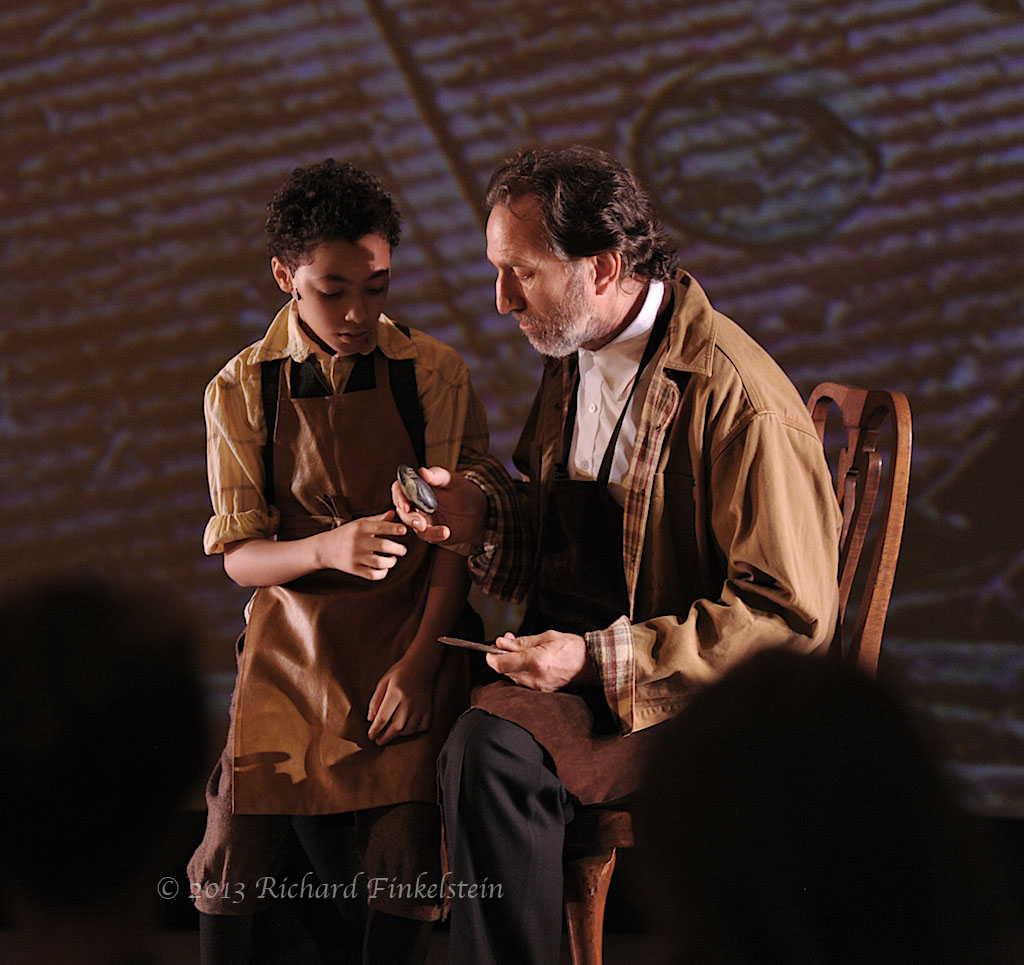 |
The Grand Central edition of the production was undertaken as a showcase so that those in the NYC theatre community could see, first hand, progress in the development of the work. It was also brought forth in this venue to selebrate both Grand Central Terminal in its milestone 100th Anniversary, while simultaneously celebrating Grand Central's role as the starting point of the trains themselves during the period until 1929.
Of course there were significant challenges in presenting the work in such a venue. As the space is so important to national security and is also an important national landmark, we had to comply with over 42 pages of rules to mount the production as well as endless reviews and inspections by multiple jurisdictions. The space itself posed many challenges of its own from the very high level of ambient sound and reverberation to the large windows which were impracticle to cover and the need for the chandeliers to remain lit. An early idea, featured in the planning video below, was to project the show's visual component on the end wall of the room itself. I think this would have been incredible actually! Alas a site visit showed that one of the massive chandeliers was right against the wall and coupled with the lack of a natural place for the massive 250 pound, 40,000 lumen projector, this scheme proved impractical.
With the difficulties posed in front projection under the circumstances, we opted instead for rear projection. This helped bugitarily, removed the large projector from the audience environment, and helped a bit to cut through the excessive ambient lighting. Pat Birch's wonderful flexibility allowed adaption of our 3-dimensional approach to the projection to the more 2-D rear screen reality. Still we were able to use the screen for shadow projection at key moments which did help to preserve at least some of the 3-D interaction.
With the myriad of very specific rules and policies that had to be not only followed, but certified as compliant pre-show, I elected to build a very detailed virtual space. In the initial work, I created a virtual Vanderbilt Room from memory and using Google Image resources. This is the virtual model featured in the video. It allowed for speedy prototyping. The screen-shots below, came from a second virtual model, undertaken to exact size specifications from a scaled ground-plan of the space provided by its managers. With so many restrictions on height, exit paths, clearances, ventilation, and even where on the floor things could be placed, every single one of the floor stones is placed in the virtual model where they are in the real space. One benefit from designing in this way is that views could be generated to clarify all sorts of questions that arose in the planning process. |
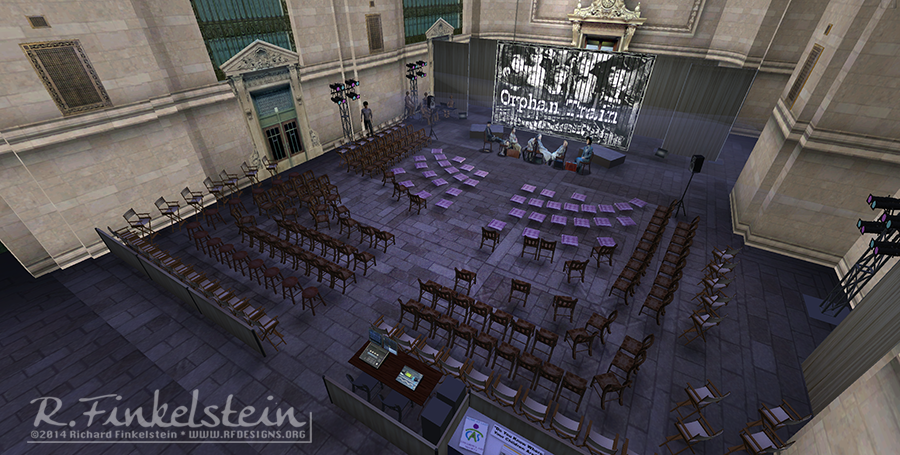 |
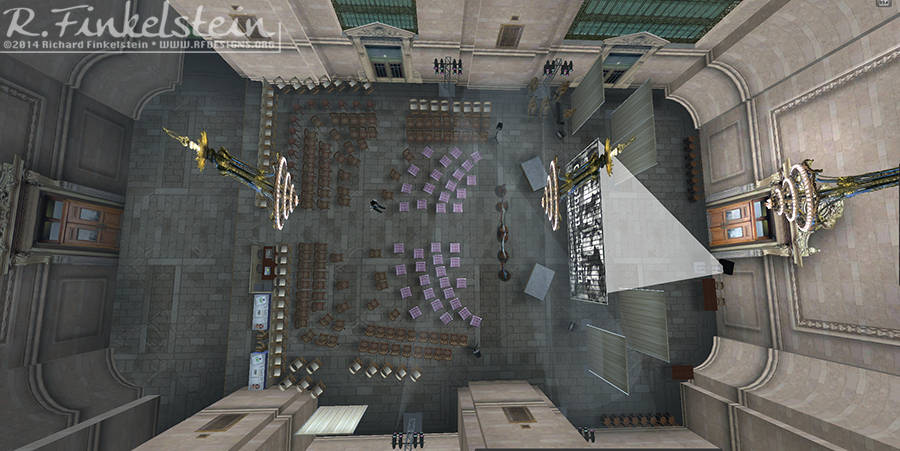 |
| The following is a video undertaken to demonstrate a proposal for presenting Orphan Train at Grand Central Terminal in 2013. The final arrangement of the space was simplified after the video waqs made due to issues of security, cost, and code, but the video did help to demonstrate the possibilities and does allow me to share a sample of the fine music in the show. |
|
3rd Edition - Stephen Sondheim Theatre in Fairfield, Iowa, June, 2012 -
Scenic and Projection Design: Richard Finkelstein, Lighting Design: Kirk Bookman. |
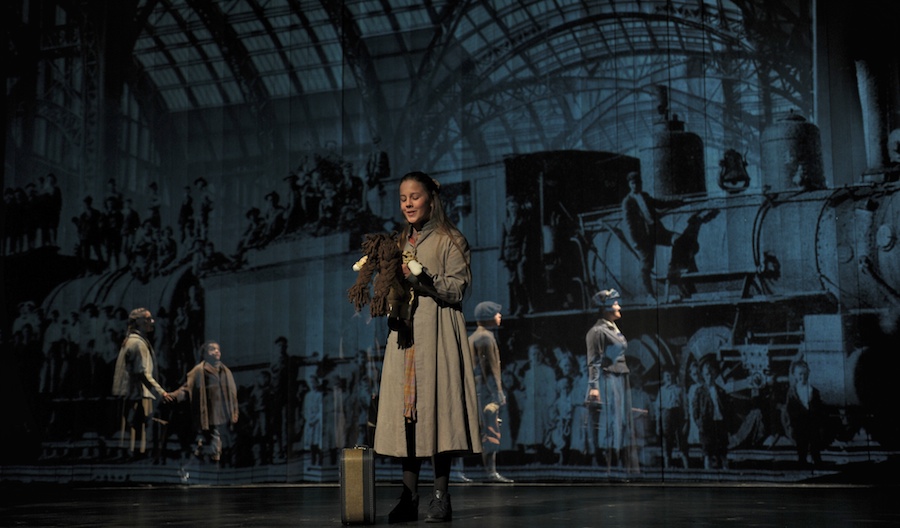 |
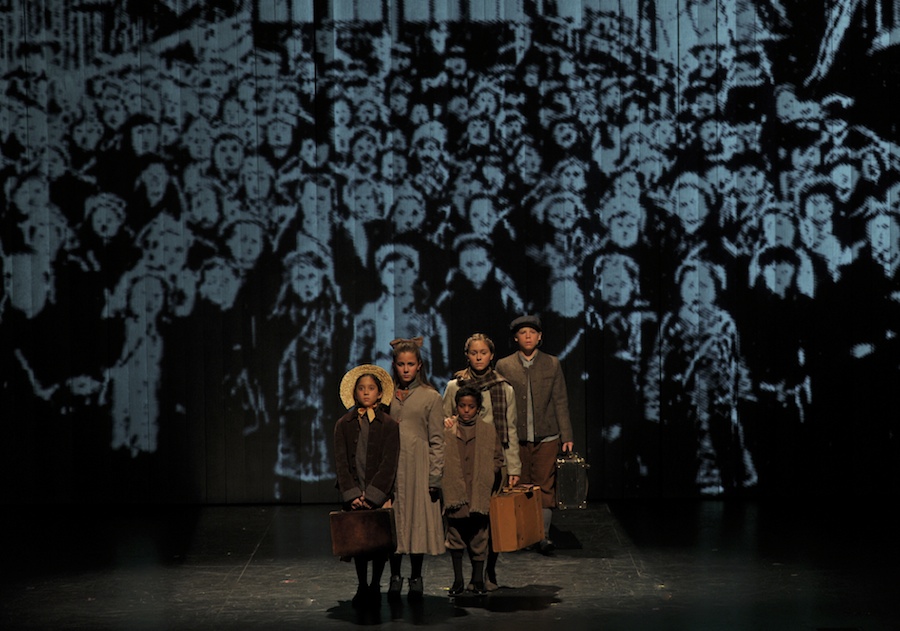 |
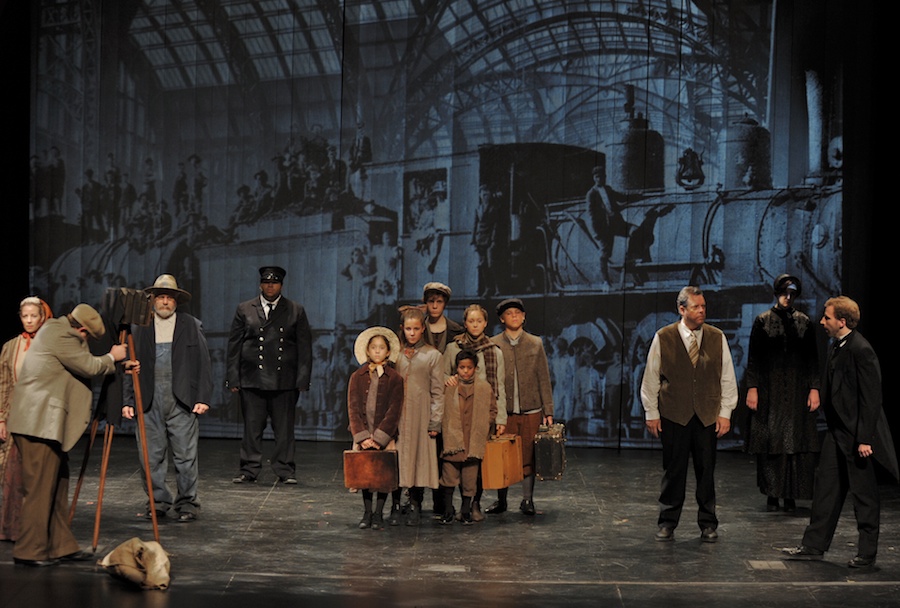 |
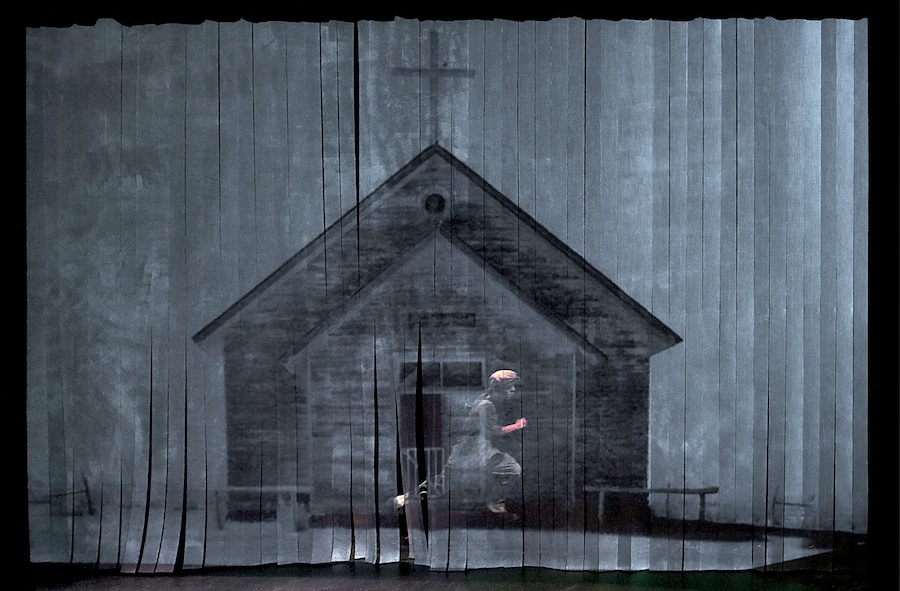 |
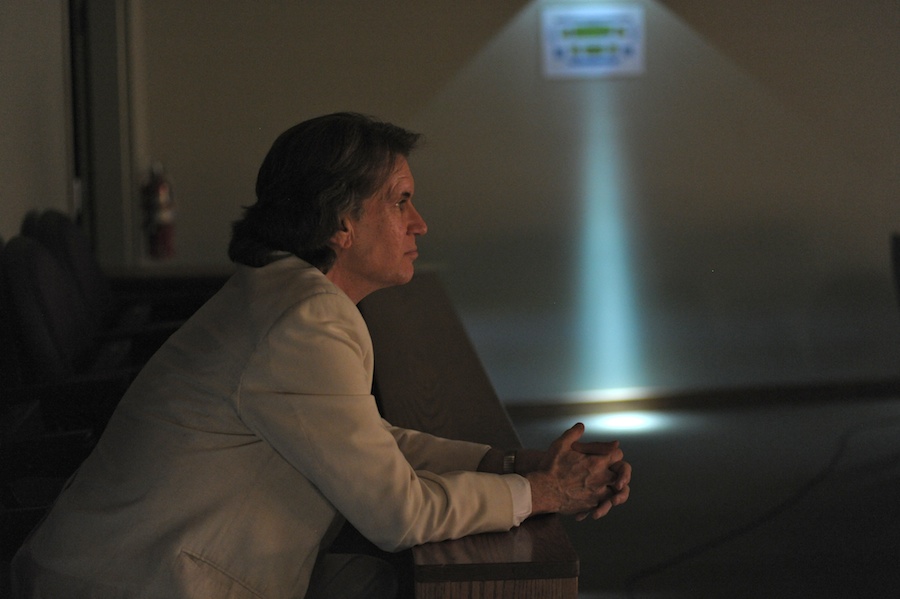 Photo
above:
L.E.McCullogh watching a dress rehearsal |
2nd Edition - New York State Theatre Institute,
Troy, NY, 2009 and 2010.
Scenery & Projections
by R. Finkelstein. Lighting by: Kirk Bookman and Costume Design by Dona
Granata (Assoc. Des.: Holly Cain).
Orphan Train - Premiere of a new
musical written by Doug Katsaros (composer), Michael Barry Greer (Lyrics), and
L.E.McCullogh (Book) with direction by Pat Birch. Scenery and Projections
coordinated by R. Finkelstein. The premiere was presented Off-Broadway at the
Theatre at St. Clements, as part of the NY Musical Theatre Festival in the Fall
of 2005.
|






















